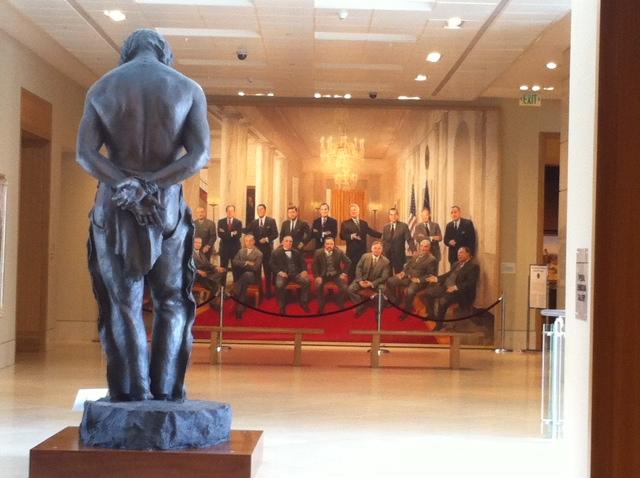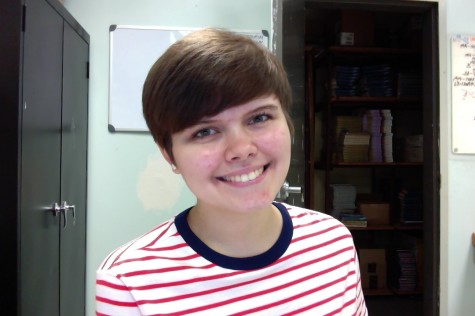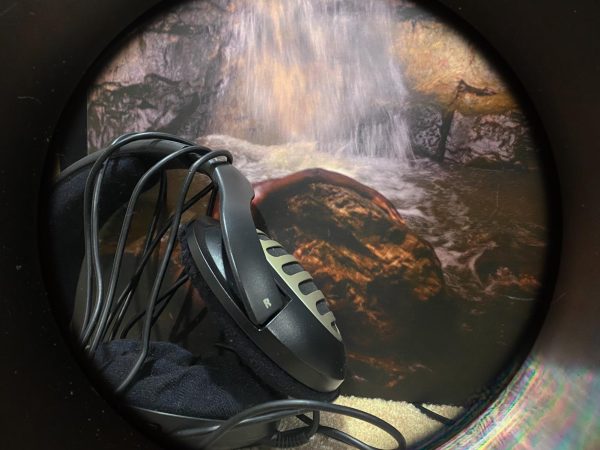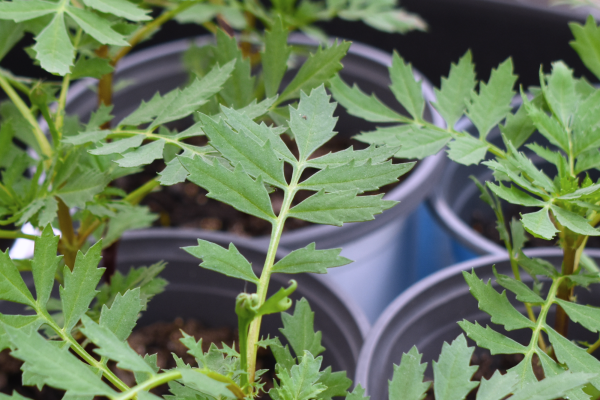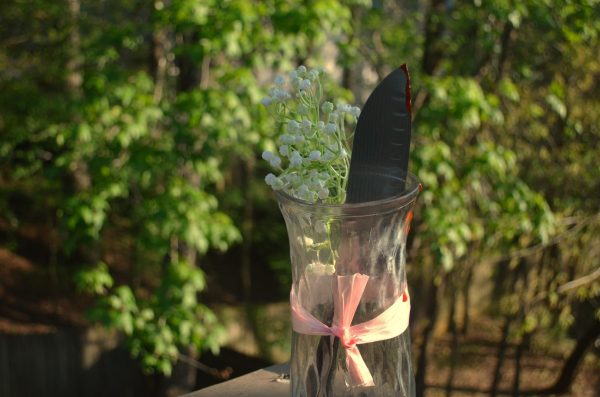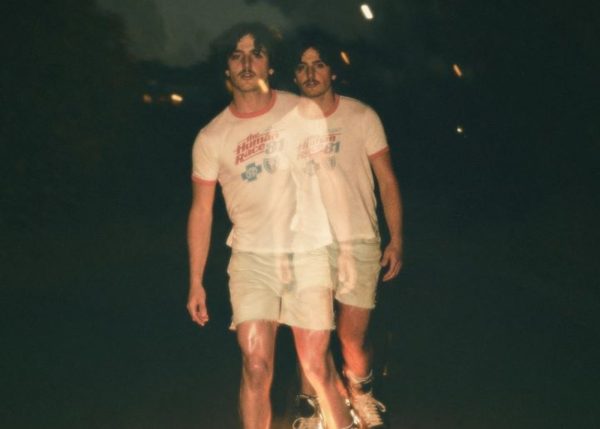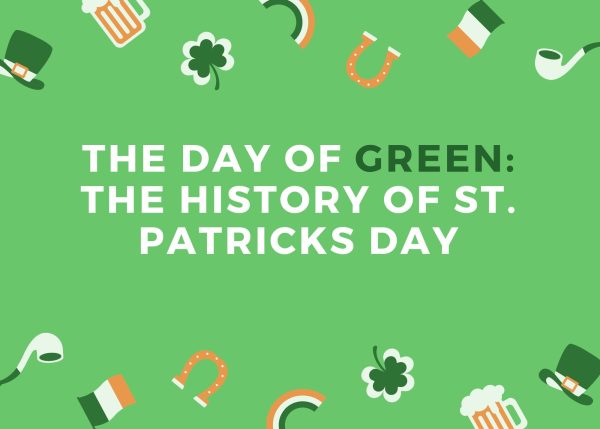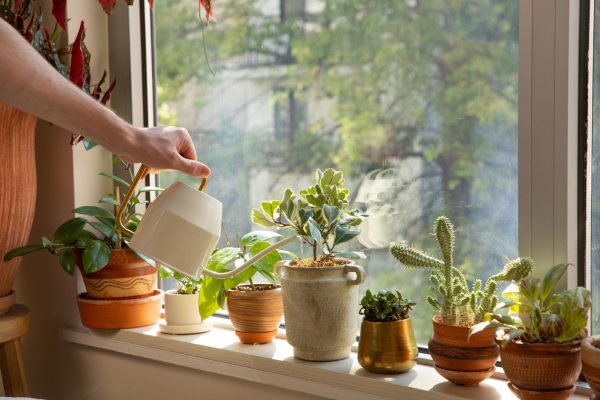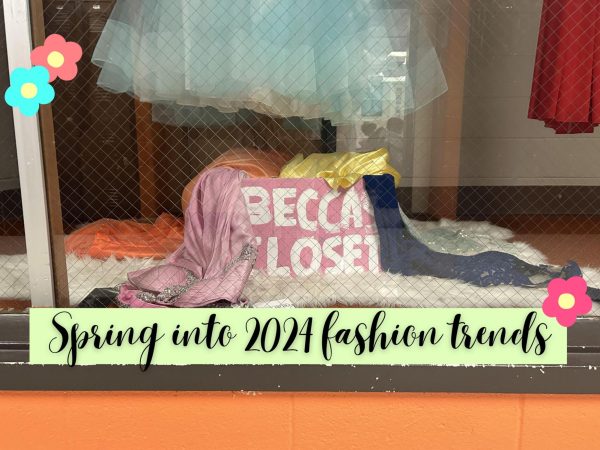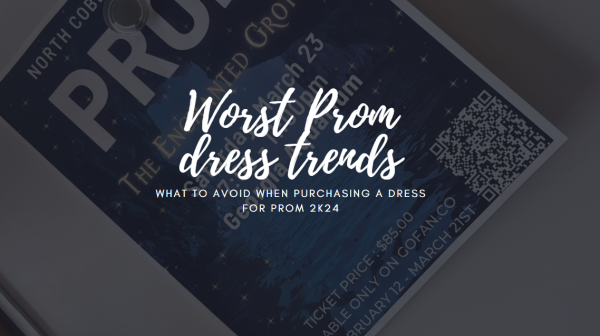Booth Western Art Museum in Cartersville makes for an enjoyable weekend experience
On the second story of Booth’s Western Art Museum sits a bronze statue by Glenna Goodacre: “He is, They are.” The social commentary, made in 1991, expresses how “we banished the Native Americans from their land and tied their hands at the same time.”
October 29, 2014
When my mother announced a visit to a western art museum over the break, I became apprehensive. After all, who chooses cowboy paintings over Six Flags or the beach? Regardless of my initial uncertainty about the whole event, I left Booth Western Art Museum pleasantly surprised.
Located in downtown Cartersville, Booth Western Art Museum sits quietly tucked on a side street away from all hustle and bustle, but annoyingly beside a train track. The 120,000 square foot museum opened August 2003 and houses the largest permanent exhibition for Western art in the country. The unusually hip museum was not at all the dingy wood-paneled walls I expected.
The entrance courtyard contained something surprising for me: recently made sculptures. I originally expected more ancient sculptures. Upon entering and paying a reasonable $38 for our group of five, my family began our tour by viewing the Booth’s award winning film “The American West” in its Orientation Theatre. Recommended by an employee, the film reminded me of a documentary seen in school, so much so that I almost took notes instinctively.
We expectedly spent some time looking at “traditional” western art, consisting mostly of Civil War paintings and sculptures of Native Americans. Upstairs provides modern art which draws in viewers to the many abstract paintings with their shockingly bright and vibrant colors for western art. The countless paintings and displays concerning Native American culture interested me more than stereotypical Western “cowboy culture.”
The exhibits featured artists in their late teens and early twenties, and the incorporation of more female artists made me ecstatic. As a history and artist buff, this museum exceeded my expectations. The forward thinking and expressive paintings by artists other than old men inspired me.
Visit the Booth Western Art Museum’s webpage here for more information and directions.
The Chant’s grade: B+




